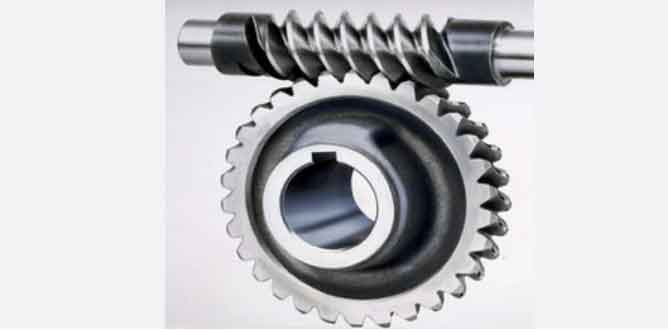
Worm gears play a crucial role in various automotive applications, especially in steering systems. While the basic design and principles of worm gears have remained consistent over time, advancements and future trends in automotive engineering are driving innovations in their application. Some of the key innovations and future trends for worm gears in automotive engineering include:
- Electric Power Steering (EPS) Systems: Electric power steering systems are becoming more prevalent in modern vehicles as they offer improved fuel efficiency, reduced emissions, and enhanced maneuverability. Worm gears are commonly used in EPS systems to convert the rotational motion of the electric motor into the linear motion required for steering.
- Advanced Materials: The automotive industry is continually exploring lightweight and high-strength materials to improve fuel efficiency and reduce overall vehicle weight. Advanced materials, such as composite materials and high-performance alloys, may find applications in worm gears to enhance their strength and durability.
- Precision Manufacturing Techniques: Advancements in manufacturing technologies, such as computer numerical control (CNC) machining and additive manufacturing, are improving the precision and efficiency of producing worm gears. This allows for more intricate designs and customized solutions.
- Enhanced Lubrication and Coatings: Innovations in lubrication techniques and coatings can lead to reduced friction and wear in worm gears, increasing their efficiency and longevity. Self-lubricating coatings and advanced lubricants can minimize maintenance requirements and improve overall performance.
- Integrated Sensor Technology: Integrating sensor technology with worm gear systems can provide real-time data on gear conditions, such as temperature, load, and wear. This data can be used for predictive maintenance and to optimize gear performance.
- Digitalization and Connectivity: As vehicles become more connected, data from various systems, including steering systems, can be analyzed and utilized to improve overall vehicle performance and safety. Data analytics can help optimize steering gear efficiency and identify potential issues proactively.
- Electric and Autonomous Vehicles: With the rise of electric and autonomous vehicles, the requirements for steering systems may change. Worm gears may find applications in various components of these advanced vehicle systems, and their design may be tailored to suit specific needs.
- Noise Reduction: As automotive manufacturers strive to provide quieter and more comfortable vehicles, innovations in gear design and manufacturing may focus on reducing gear noise, including worm gear noise, through improved tooth profiles and surface finishing techniques.
- Energy Efficiency: Worm gears play a vital role in power transmission efficiency. Advancements in gear geometry and surface treatments can lead to lower energy losses, contributing to improved overall vehicle energy efficiency.
- Sustainability and Recycling: With increasing emphasis on sustainability, manufacturers may explore eco-friendly materials and recycling methods for producing worm gears to minimize their environmental impact.
As automotive technology continues to evolve, the applications of worm gears are likely to diversify, and new challenges will emerge. Innovations in material science, manufacturing techniques, and digitalization will shape the future of worm gears in the automotive industry, ensuring safer, more efficient, and sustainable vehicles.
